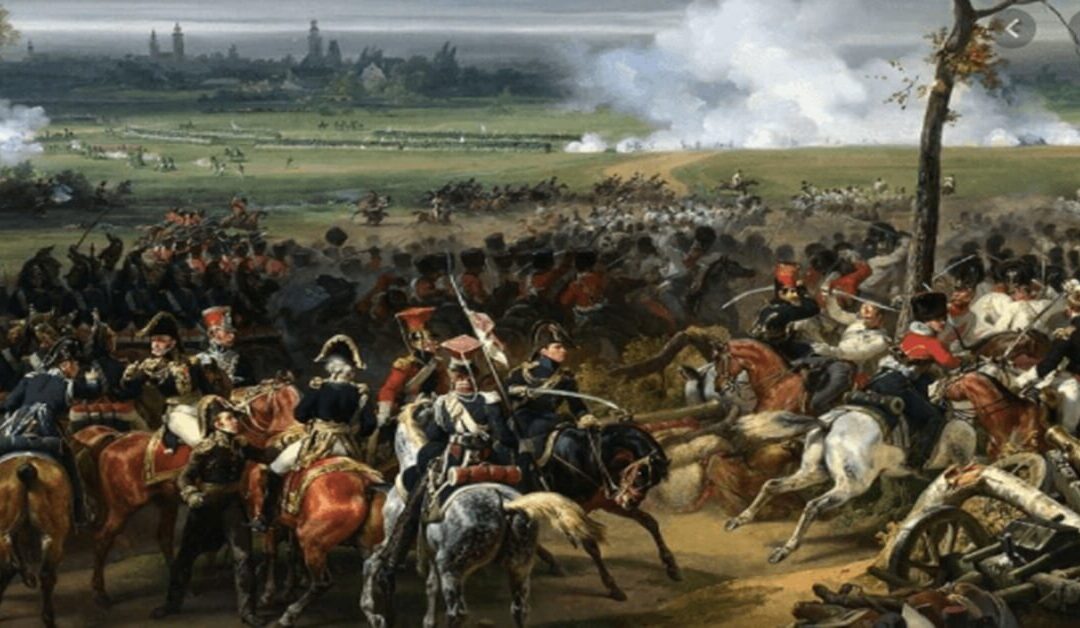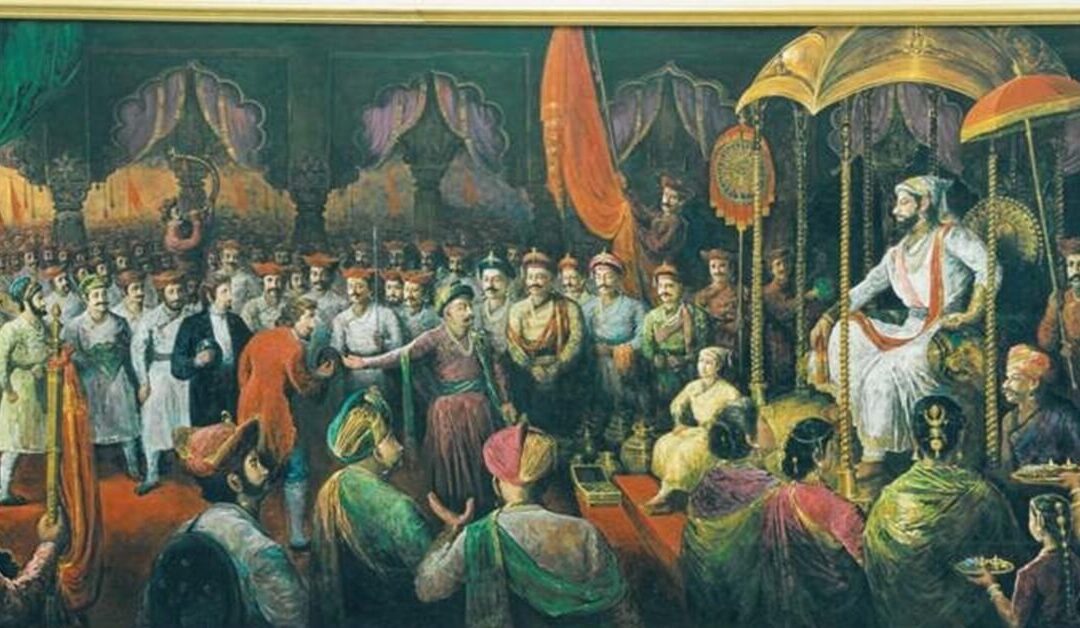
Meaning and Importance of Political Theory
Political theory is the cornerstone of political science, providing the analytical and philosophical foundation for understanding government, power, and societal organization. By delving into the fundamentals of how societies structure themselves and the principles guiding governance, political theory shapes our comprehension of the political world.
What is Political Theory?
Political theory refers to the study and analysis of political ideas, concepts, and principles that underpin political systems and societies. It seeks to answer key questions about the exercise of power, the functioning of governments, and the nature of justice, equality, rights, and democracy. By exploring ideologies like liberalism, conservatism, socialism, and feminism, political theory delves into the philosophical bases of governance and societal organization. This field examines not only abstract concepts but also their practical implications, offering a lens to interpret political phenomena.
The Vast Scope of Political Theory
The scope of political theory is extensive, addressing various dimensions of socio-political life. It encompasses three primary aspects:
* Normative Analysis:
This dimension addresses ethical questions concerning governance and political processes, providing a moral framework for what politics should be.
* Empirical Analysis:
Grounded in observation, this aspect focuses on factual political phenomena, offering a practical perspective.
* Conceptual Analysis:
This involves breaking down abstract political concepts like justice and equality to understand their real-world implications.
Importance of Political Theory
Political theory plays a pivotal role in understanding and navigating the political world. Its significance can be highlighted through the following points:
* Guiding Political Life:
Political theory serves as a moral and intellectual compass, helping individuals and societies make sense of complex political realities and guiding decision-making.
* Framework for Political Analysis:
It provides tools and frameworks for critically analyzing political systems, ideologies, and events, fostering a deeper understanding of political processes.
* Promoting Critical Thinking:
Engaging with political theory encourages questioning, critique, and the exploration of alternative perspectives, which are vital for intellectual growth.
* Encouraging Informed Citizenship:
By equipping individuals with knowledge about political systems and ideologies, political theory empowers them to actively participate in political discourse and decision-making.
* Stimulating Socio-Political Evolution:
It challenges existing norms and structures, inspiring progressive change and adaptation to societal transformations.
* Fostering Ethical Governance:
By addressing questions of justice, rights, and morality, political theory contributes to the development of fair and ethical governance systems.
* Providing Historical Context:
Political theory connects past political ideas and movements to present-day issues, offering a comprehensive perspective on contemporary challenges.
Types of Political Theory
Political theory is diverse, with several key types contributing to its depth and variety:
1. Traditional Political Theory:
Rooted in the works of ancient philosophers like Plato and Aristotle, this type explores governance, justice, and power from a normative perspective, emphasizing moral and ethical judgments.
2. Contemporary Political Theory:
Addressing modern complexities, it examines subjects such as social justice, identity politics, and environmental ethics, adapting to evolving socio-political challenges.
3. Descriptive Political Theory:
This type focuses on describing and explaining political phenomena without prescribing solutions, relying on empirical observations.
Diverse Approaches to Political Theory
Political theory employs various approaches to unravel the complexities of politics:
* Traditional Approach:
Anchored in historical and philosophical insights, this approach explores normative questions through the works of classical thinkers.
* Modern Approach:
Adopting empirical and scientific methods, it emphasizes data-driven analysis of political institutions and behaviors.
* Behavioral Approach:
Focusing on human behavior, this approach studies actions, preferences, and participation within political systems.
* Post-Behavioral Approach:
Balancing empirical rigor with normative relevance, it addresses the ethical dimensions of politics.
* Structural-Functional Approach:
Analyzing political systems as interconnected structures, this approach examines their roles and interactions.
Key Aspects of Political Theory
Political theory’s significance lies in its exploration of critical aspects, including:
* Political Ideologies:
Understanding ideologies like liberalism and socialism enriches our grasp of governance and societal organization.
* Political Power:
Examining who holds power and how it’s exercised highlights the dynamics of authority and governance.
* Political Justice:
Delving into questions of fairness and equality forms the ethical bedrock of political systems.
* Political Freedom:
Exploring individual rights and societal order provides insights into safeguarding liberty.
* Political Obligation:
Understanding the duties of citizens to the state fosters an appreciation of civic responsibilities.
Conclusion
Political theory is essential for fostering informed citizenship and promoting meaningful participation in political life. By analyzing political systems, ideologies, and values, it equips individuals to engage critically with the world around them. Whether examining historical perspectives or addressing contemporary issues, political theory remains a vital tool for understanding and shaping the political landscape.




